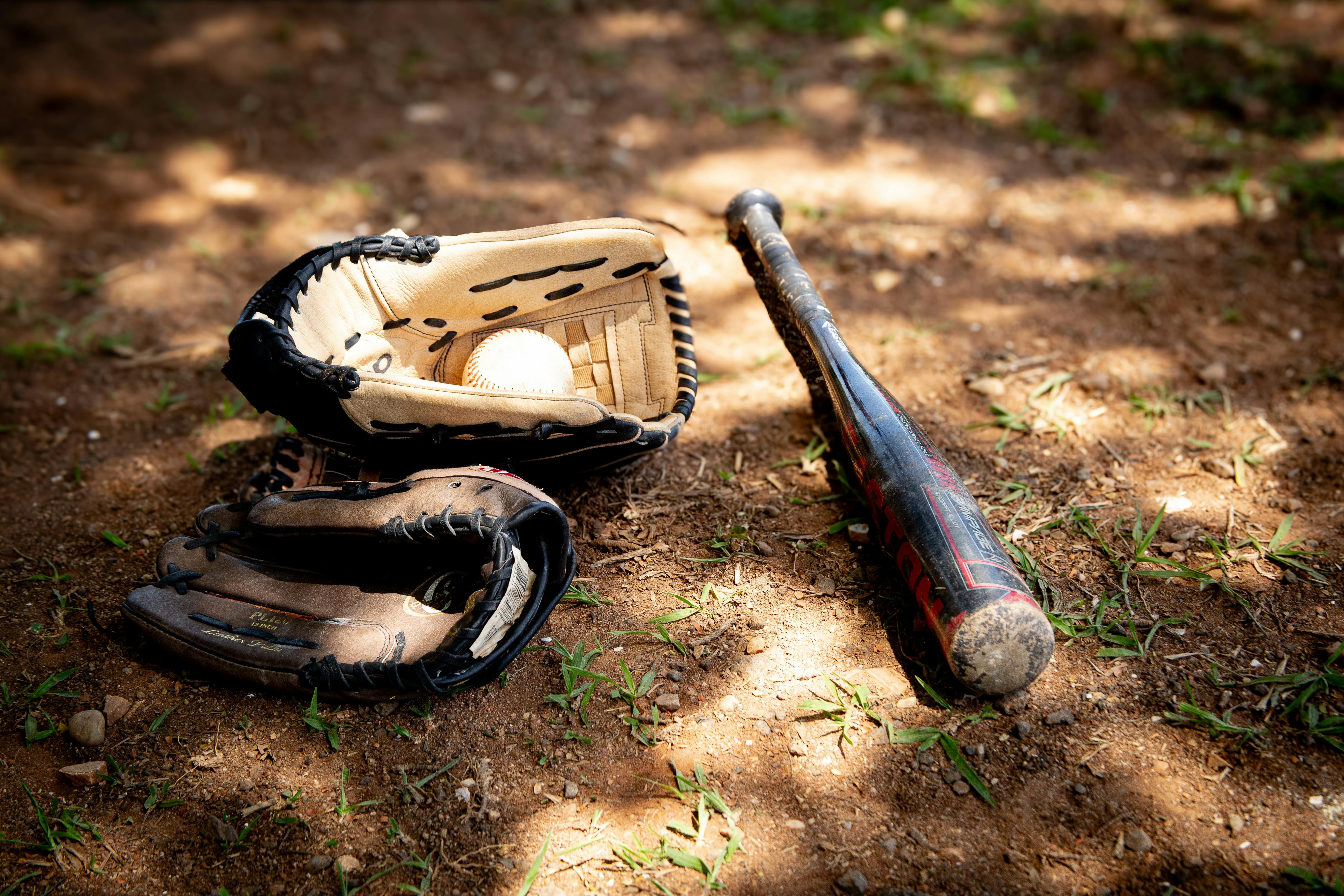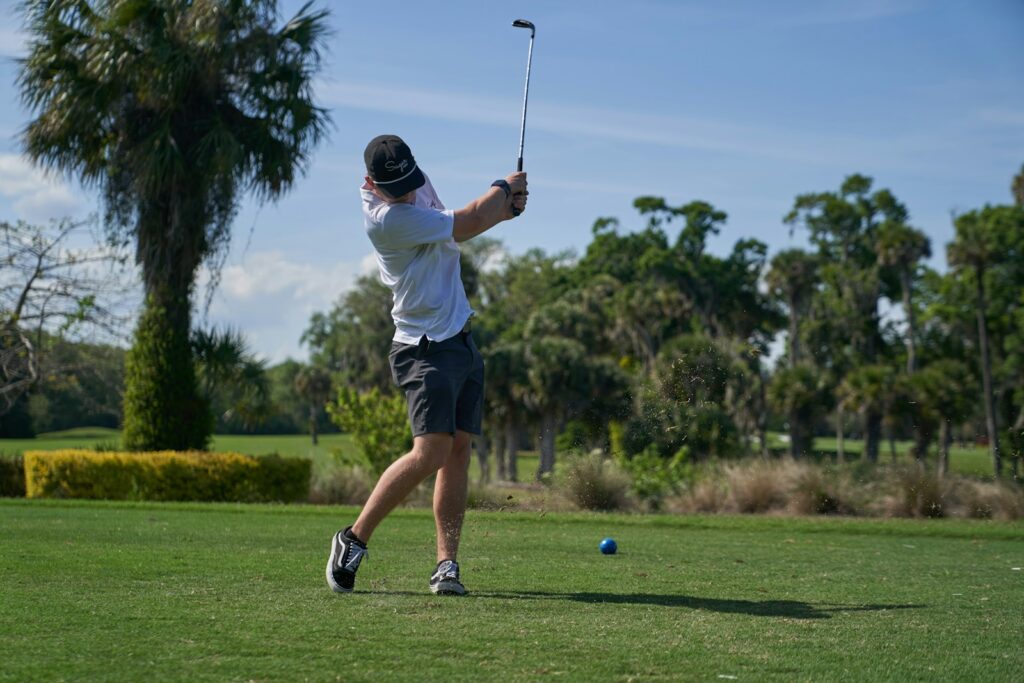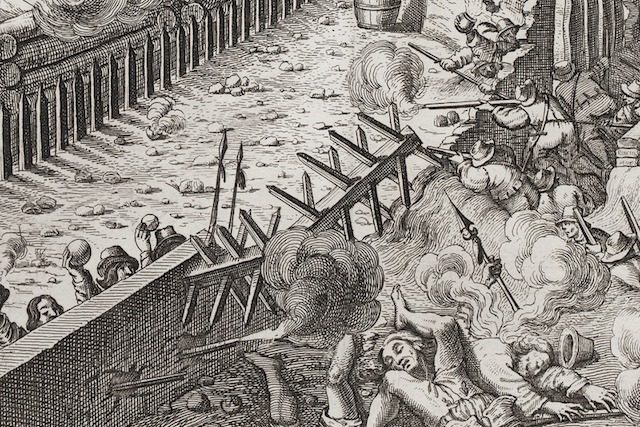
Human civilization’s journey has always been intimately intertwined with conflict and physical prowess. From the earliest days when our ancestors first fashioned tools, they quickly realized these instruments served dual purposes: not only for building societies but also for confronting enemies. This paradoxical relationship between creation and destruction laid the very foundation for what we now understand as organized sports, a fascinating cultural evolution that transformed brutal necessities into competitive spectacles.
Indeed, the historical record makes it clear that the rise of civilizations often coincided with major military conflicts, shaping both cultural identities and territorial boundaries. Long before the concept of recreation, ancient societies worldwide developed physical training methods that served immediate military needs, simultaneously creating the groundwork for ritualistic and competitive activities. This dual-purpose approach to physical training forged a lasting legacy, one that continues to influence modern athletic practices, even if most participants today remain unaware of the deadly serious origins behind their pursuits.
In the ancient world, particularly in Greece, the combat events at Olympia—wrestling, boxing, and pancratium—were not just games; they were grueling tests of human endurance, skill, and sheer will. These events reveal profound insights into the aspirations and values of ancient Greece, shedding light on what was deemed honorable, fair, and beautiful, both in the eyes of the competitors and the vast throngs who traveled to Olympia to watch. Join us as we delve into some of the most striking ways these ancient civilizations practiced their intense combat sports, unveiling a world where glory often came at a staggering cost.
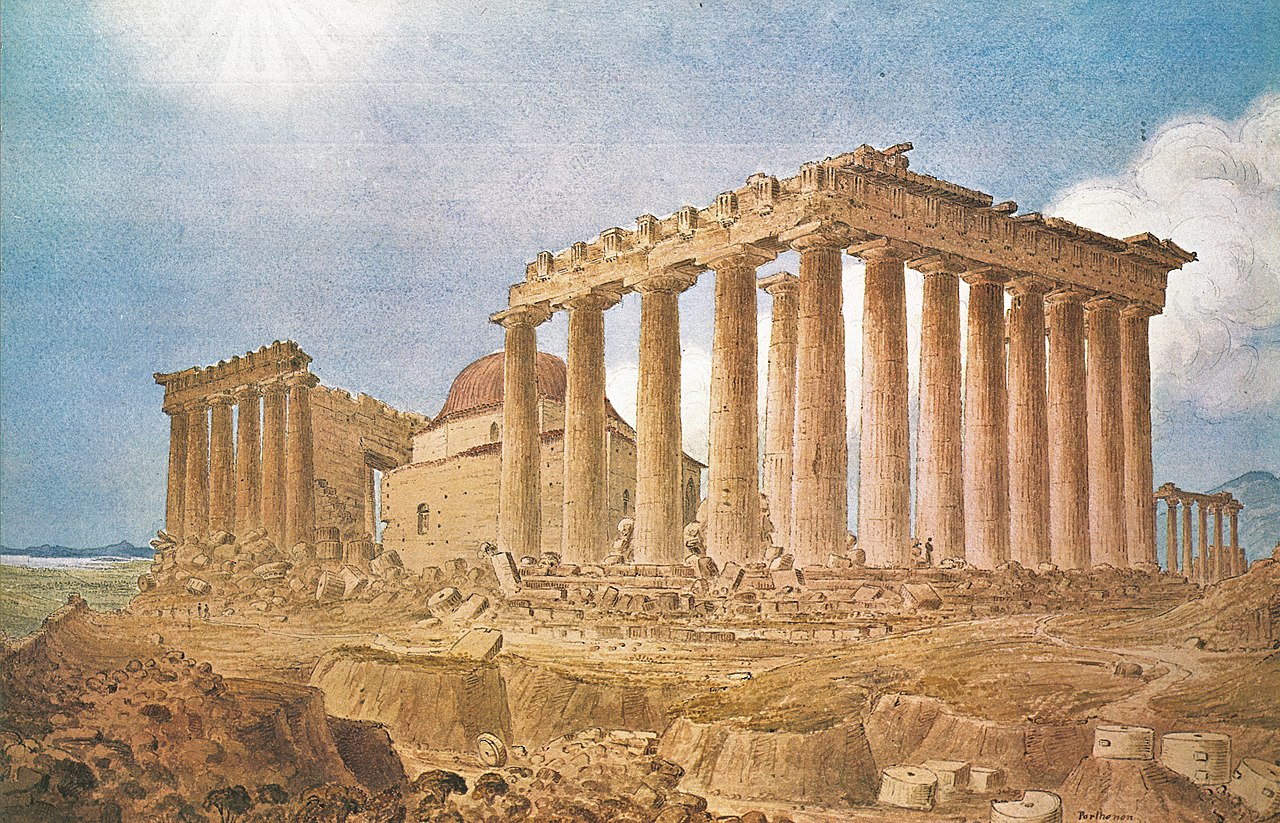
1. **Ancient Greek Wrestling: Skill, Strategy, and Submission**
Wrestling entered the Olympic program in 708 B.C.E., quickly establishing itself as a sport admired for its blend of skill and scientific application. Unlike other combat forms, wrestling typically did not end in incapacitation, but rather with a competitor achieving technical mastery over his opponent. The ancient Greeks celebrated this strategic depth, with figures like Homer’s Odysseus serving as the archetypal clever wrestler, capable of neutralizing the brute strength of much larger adversaries.
To secure a fall, a Greek wrestler had to force his opponent’s back or shoulders to touch the ground, or stretch him out prone. A contest demanded three such falls to achieve victory. This clear objective, however, wasn’t always straightforward, with Greek literature occasionally referencing disputes over whether a legitimate fall had occurred, highlighting the intensity and close calls inherent in the sport.
The tactics employed in ancient Greek wrestling, vividly depicted in their art, reveal a range of forceful holds and throws that would be familiar to modern grappling enthusiasts. Vase paintings and sculptures show headlocks, hip throws, shoulder throws, and powerful body lifts, including the formidable reverse body lift. If a throw didn’t immediately result in a fall, the action continued on the ground, where wrestlers would force joints against their normal range of movement, employing arm bars and shoulder locks that would be illegal in contemporary Olympic wrestling.
Despite the sophisticated tactics, the struggle was always bitter and intense. Greek sources are unequivocal that choking an opponent into submission, though perhaps uncommon, was a legitimate path to victory. Even the esteemed historian E.N. Gardiner’s assertion that early wrestling was free from brutality is contradicted by evidence, such as a late sixth-century B.C.E. judges’ decree forbidding wrestlers from breaking each other’s fingers—a rule notoriously defied by the Olympic champion Leontiskos of Messene, who won by employing this very tactic.
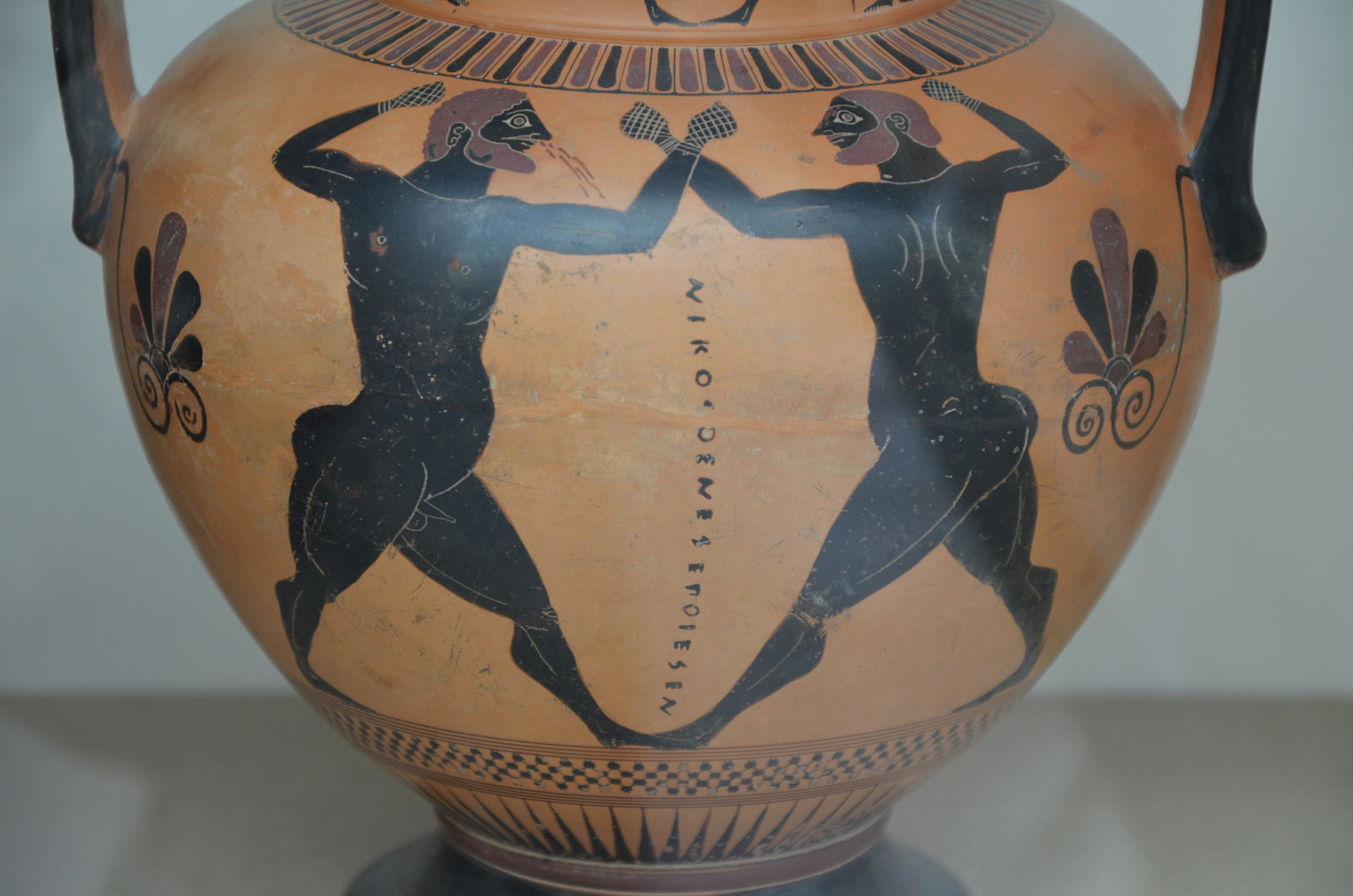
2. **Ancient Greek Boxing: A Blood Sport with Minimal Protection**
Boxing joined the Olympic Games in 688 B.C.E., and its practices stand in stark contrast to the stringent safety requirements of modern Olympic boxing. While today’s rules mandate 10-ounce gloves, headgear, mouth guards, ear protectors, and groin protection, the ancient Greeks adopted a remarkably different philosophy. They “recognized a number of ways to make the sport safer—and ignored all of them,” embracing the hazards inherent in a sport where victory was often, as a first-century B.C.E. inscription put it, “gained in blood.”
For centuries, until the fourth century B.C.E., Greek boxers bound their hands with “soft thongs” (himantes meilichai)—thin strips of oxhide. These coverings offered no protection against concussions or facial lacerations. Instead, their primary function was to protect the boxer’s knuckles from fracture and wrists from sprain, effectively enabling and encouraging more vigorous and damaging blows. Greek art unflinchingly portrayed the consequences, showing boxers bleeding from the nose and sculpted statues depicting broken noses and cauliflower ears.
The evolution of boxing gear took an even more dangerous turn with the introduction of “sharp thongs” (himas oxus). These consisted of a thick pad of leather, one to two inches thick, tied over the boxer’s knuckles, designed to inflict even greater damage. While padded gloves called sphairai were used in practice sessions, as Plato noted, they were conspicuously absent from actual competitions. Furthermore, the concept of protecting a boxer’s eyes, by securing the thumb within the fist, was entirely alien; ancient texts recount instances of boxers losing their eyes to blows.
The rules governing boxing at Olympia were minimal. While boys and men competed in separate categories, the crucial absence of weight divisions meant a smaller athlete had to contend with a heavyweight’s crushing blows. Clinching was prohibited, with judges enforcing this rule using sticks. Victory was not determined by points or judges’ decisions, but by knockout or the explicit submission of the vanquished pugilist, who would hold up a finger to concede—a moment frequently captured in Greek vase paintings. The epitaph of Agathos Daimon, a Nemean victor who died boxing at Olympia at 35, hauntingly summarizes the ethos: he had “prayed to Zeus for victory or death.”
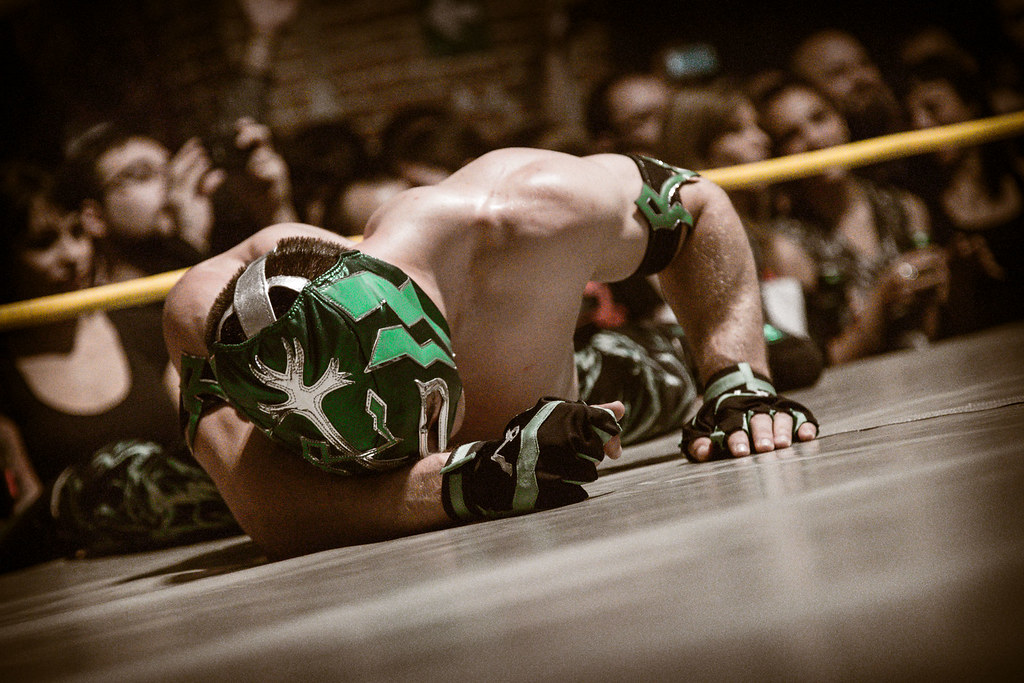
3. **Pancratium: The Unrestricted “Total Fight”**
Pancratium, meaning “total fight” (pammachon), made its debut at Olympia in 648 B.C.E., combining the elements of wrestling and boxing into a single, brutal contest where almost all means of unarmed combat were permitted. The only prohibitions were biting and gouging into the soft parts of an opponent’s body, making it a precursor to modern “extreme fighting,” though it held a central, rather than marginal, place in the ancient athletic world.
Kicking was an “essential part” of pancratium, almost serving as an emblem of the sport, showcasing the power and extension of the legs. Tactics included driving the knee into an opponent’s genitals, alongside powerful punches, strangle holds, and locks applied to limbs and joints. The ultimate goal was always to force the rival to concede. Sostratos of Sikyon, a famous pancratiast, became legendary for winning multiple crowns at major festivals by employing Leontiskos’s infamous finger-bending trick so effectively that many opponents chose to forfeit rather than face him.
Typically, pancratiasts fought bare-fisted, which allowed their hands freedom for wrestling and strangling holds. However, at least two vase paintings suggest that some preferred the lacerative potential of the thong. The raw brutality of these bouts is vividly captured by Lucian, a second-century B.C.E. writer, who imagined a typical pancratium bout where a “poor wretch looks like he is going to spit out even his teeth—his mouth is so full of blood and sand, having just taken a blow on the jaw.”
Despite the formal prohibition against gouging and biting, Greek authors like the physician Galen observed that these foul tactics often took place nonetheless. This is hardly surprising in a contest that openly permitted and even rewarded snapping an opponent’s fingers and kicking to the genitals. The lethal potential of pancratium is best exemplified by the extraordinary story of Arrhichion, a two-time Olympic victor who, in his third final bout in 564 B.C.E., died from a stranglehold, but not before dislocating his opponent’s ankle, securing a posthumous victory.
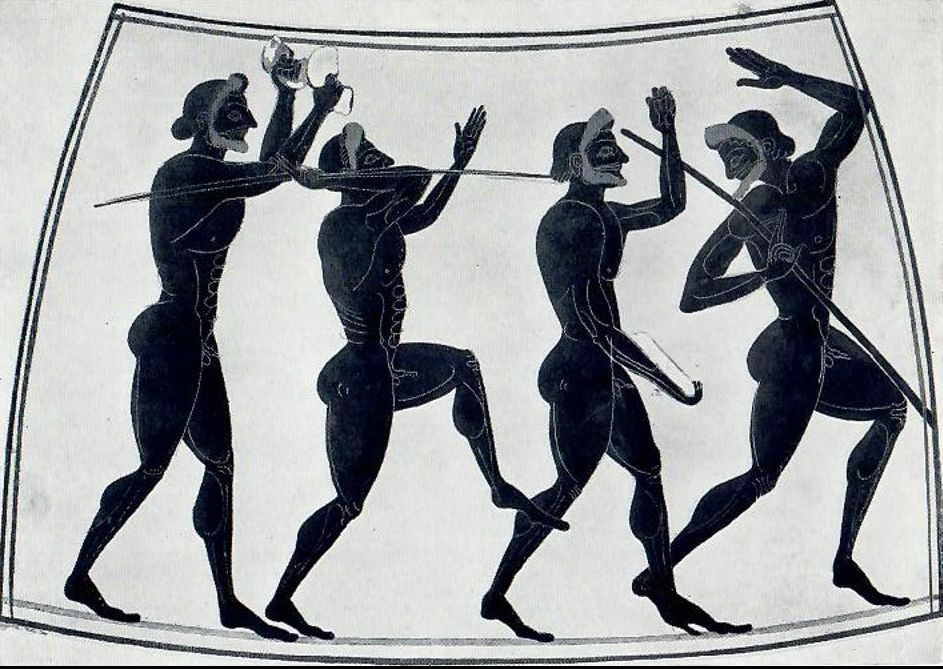
4. **The Military Roots of Ancient Physical Training**
Long before the emergence of organized sports as a distinct entity, early civilizations developed systematic approaches to physical training primarily for military preparation. Archaeological evidence suggests that structured physical activities existed as early as 2000 BCE in Chinese societies, where figures like Hua Tuo developed the Five Animals Play exercises, blending martial movements with health maintenance – a clear precursor to modern martial arts and physical therapy.
In ancient Egypt, training regimens incorporated skills directly applicable to battlefield effectiveness, such as javelin throwing, high jumping, and wrestling. Persian civilization similarly cultivated “heroic sports” that expertly combined combat techniques with physical conditioning. They also pioneered equestrian sports like polo and jousting, which served to maintain cavalry readiness during times of peace. These practices were far from mere recreation; they represented essential survival skills for societies where military preparedness was synonymous with national security.
The Greek approach to physical training perhaps most vividly illustrates this profound military-sport connection. Greek city-states designed comprehensive athletic programs that were instrumental in producing not only Olympic champions but also battle-hardened warriors. The original Olympic Games, held every four years, served multiple critical purposes: honoring military victories, fostering inter-city-state relationships during truce periods, and providing continuous, rigorous training for citizen-soldiers. The very events contested—running, jumping, discus, javelin, wrestling, and boxing—all directly mirrored the essential combat skills required for effective hoplite warfare.
Read more about: The Epsom Derby: 12 Unforgettable Chapters That Demanded the World’s Attention

5. **The Rise of Professional Warrior-Athletes**
Throughout history, various societies maintained specialized warrior classes whose existence uncannily mirrored that of modern professional athletes. These combat specialists enjoyed a privileged status within their communities, receiving superior nutrition and dedicating their entire lives to perfecting martial skills, rather than engaging in conventional productive labor. From the tribal champions of early societies to the knightly orders of medieval Europe, from the disciplined samurai of Japan to elite imperial guards, these professional warriors represented the peak physical specimens of their respective eras.
Strikingly, the training regimens of ancient warriors bear a strong resemblance to contemporary athletic preparation. Both demand years of dedicated practice, often involving specialized equipment, and continuous refinement of skills. Historical records indicate that aspiring warriors typically began their rigorous training in childhood, meticulously developing muscle memory and technical proficiency through countless repetitive drills. This substantial investment in human capital ensured that societies could field highly effective fighting forces precisely when military readiness was paramount.
The social standing of these warrior classes varied across different cultures, but generally involved significant societal investment and support. Communities would allocate collective resources to sustain their warriors, recognizing that military proficiency provided indispensable security against external threats. This dynamic created a symbiotic connection between these military elites and the populations they protected – a relationship that finds a modern parallel in how cities and nations passionately support professional sports teams that represent their communities on a competitive stage.
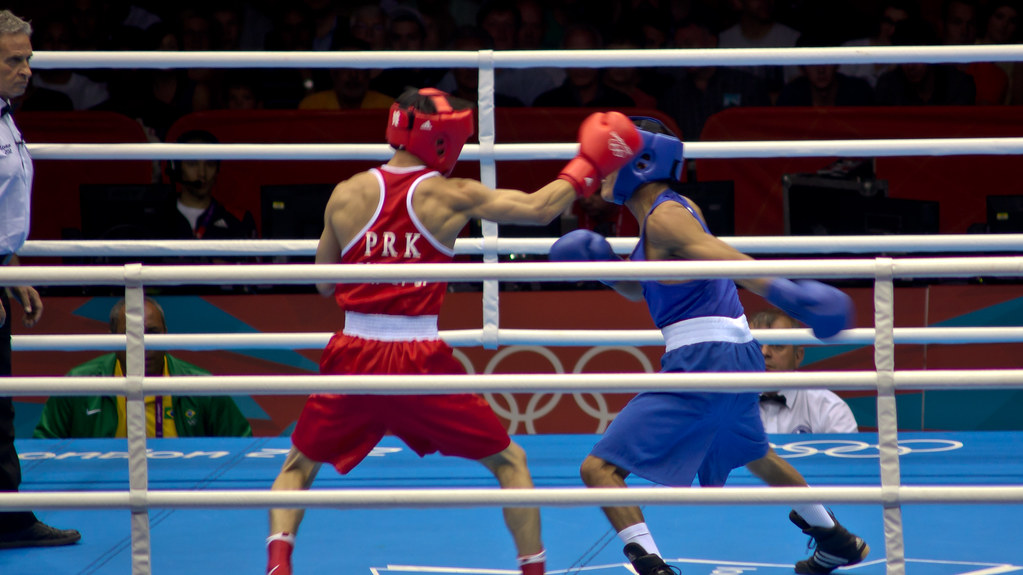
6. **The Striking Absence of Safety Protocols**
The ancient Olympic world adhered to a set of values dramatically different from our own, particularly concerning the safety and well-being of its competitors. While modern Olympic boxing, governed by organizations like the Association Internationale de Boxe Amateur, prioritizes boxer safety with precise requirements for gloves, headgear, and other protective gear, the Greeks took an opposite approach. As the context plainly states, “the Greeks recognized a number of ways to make the sport safer—and ignored all of them.”
Combat sports in antiquity were deliberately designed to be as physically taxing and uncomfortable as possible. This meant the complete absence of time limits, no rounds to break up the action, and absolutely no rest periods. Athletes were offered no respite from the oppressive midsummer sun, which Cicero and Philostratus suggested was often more challenging to bear than an opponent’s blows. Compounding this, a victorious athlete might find themselves immediately thrown into another round of competition, without a moment to recover from a hard-earned and injurious win.
Perhaps most indicative of this disregard for safety was the absence of weight classes. Ambitious but undersized athletes were simply left to take their chances against larger, heavier competitors. In such mismatches, the superior athlete was highly unlikely to show mercy. Some athletes were so formidable that their sheer presence intimidated opponents into defaulting, allowing them to win akoniti, or “dust-free,” without even having to step into the arena. Marcus Aurelius Asclepiades, a pancratium champion, famously boasted that he “stopped all (potential) opponents after the first round,” while the wrestler Tiberius Claudius Marcianus prompted all his opponents to beg for dismissal upon merely undressing.
This acceptance of hazard, injury, and even death was deeply embedded in the ancient athletic spirit. As the Greek orator Dio Chrysostom (c. 40-110 C.E.) observed, “You know that the Olympic crown is olive, yet many have honored it above life.” A stark inscription found at Olympia, commemorating Agathos Daimon, nicknamed “the Camel” from Alexandria, who “died here, boxing in the stadium, having prayed to Zeus for victory or death,” powerfully illustrates this chasm between ancient and modern ideals of athletic competition.
Read more about: Beyond the Sound Barrier: An Exclusive Look Inside Concorde’s Legendary Luxury and Engineering Marvels
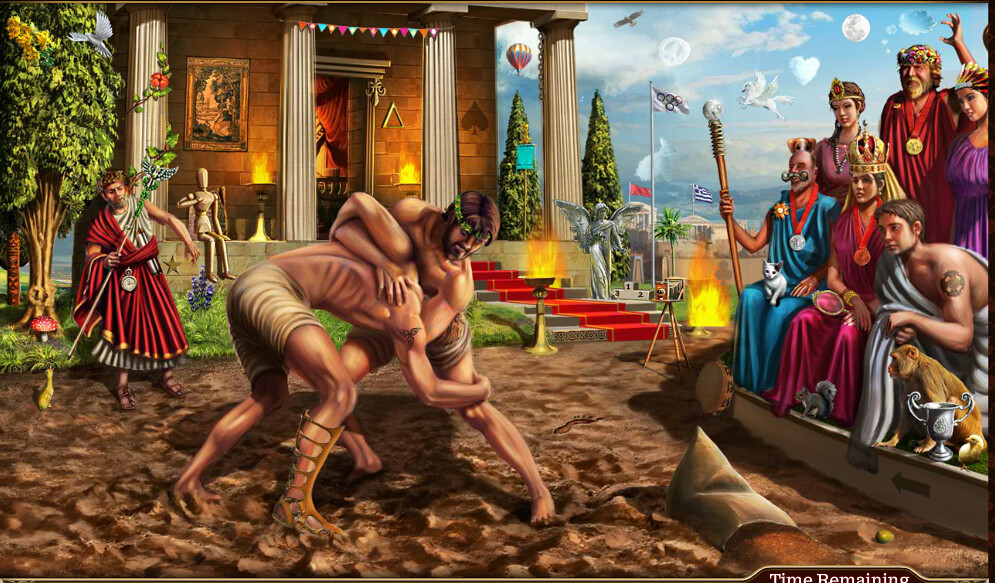
7. **The Powerful Pursuit of Kleos: Fame Beyond Life**
The ancient Greeks viewed their Olympic contests through a lens entirely distinct from the modern ethos championed by figures like Baron Pierre de Coubertin, who famously declared, “The purpose of these Olympiads is less to win than to take part in them.” For the ancients, the spirit was encapsulated by the inscription for Agathos Daimon: a prayer for “victory or death,” signaling an all-or-nothing approach that prioritized triumph above mere participation.
The ultimate lure for all Greeks, regardless of their social standing, was “kleos”—fame. This was considered the “perfect antidote to the grim, disembodied obscurity of death,” a way to achieve immortality through heroic deeds. The Homeric poems, which held a foundational cultural significance akin to the Bible for later Western society, are replete with narratives of heroes whose actions were rewarded with enduring kleos, driving individuals to extraordinary feats of valor and combat.
In an earlier age, one-on-one combat was central to battles, as preserved in Homer’s epics. However, with the rise of phalanx warfare, which emphasized highly organized ranks and files, the need for individual heroic combat diminished. Wartime victories came to be seen as collective achievements of the entire populace, rather than the singular glory of a brilliant general. Consequently, it was only within the context of combat sports that a Greek man could still prove his individual mettle in single combat.
Indeed, nowhere else in Greek civic life was aggression both tolerated and actively encouraged; Athenian court speeches indicate that even casual acts of assault and battery could be severely punished, even with the death penalty. By placing combat sports within the context of warfare, we can grasp the baffling paradoxes of what the Greeks considered fair play. Just as on the battlefield, no handicap was given to smaller or weaker opponents, and athletes were expected to endure thirst, discomfort, and the sun’s heat without respite. The great athletic festivals, therefore, served as a powerful surrogate for the heroic combat world that had vanished from their reality but thrived vibrantly in their epic poems. To win in competition was to strive for the heroic, to enjoy unending kleos. As Pindar, the Greek poet, beautifully penned, “He who braves the contest’s struggle with success wins the fairest sense of inner peace for the remainder of his days,” articulating the profound, deeply personal reward that fueled these intense, often brutal, ancient spectacles.
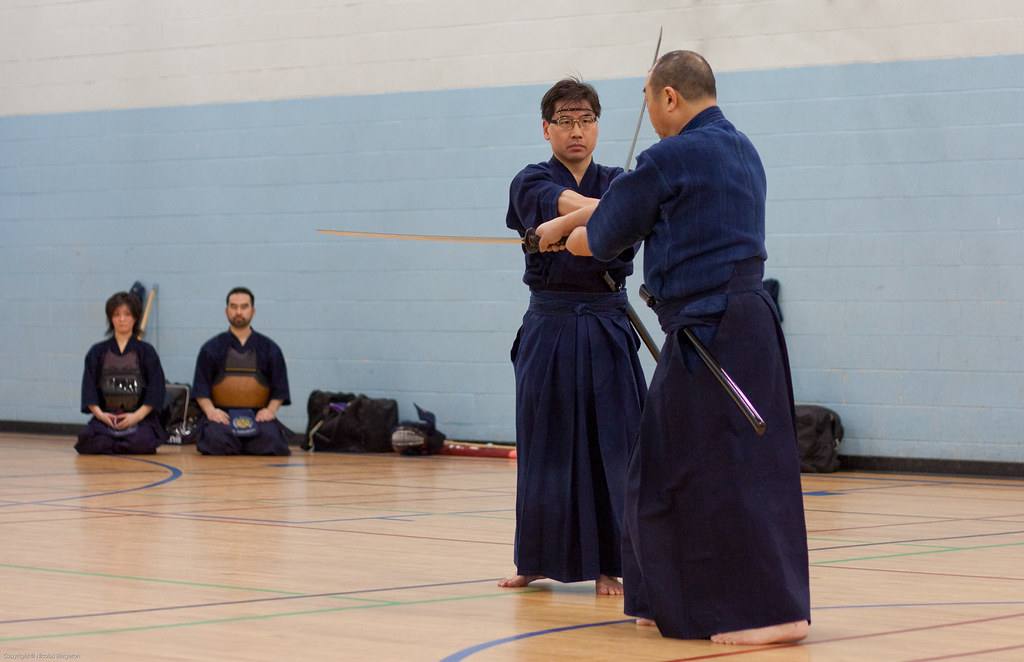
8. **The Japanese Case Study: From Kenjutsu to Kendo**
The evolution of Japanese swordsmanship offers a compelling illustration of how lethal combat techniques can be meticulously transformed into modern sports. Spanning centuries, this development reflects significant shifts in warfare, societal structures, and international relations. Traditional Japanese swordsmanship, known as kenjutsu, flourished as a practical battlefield skill during Japan’s intricate feudal period, with various schools, or ‘ryu’, developing their own distinctive techniques, rigorous training methods, and profound philosophical approaches to combat.
However, the modernization sweeping through Japan during the Meiji Restoration brought fundamental and challenging changes to these long-standing martial traditions. As the revered samurai class gradually lost its privileged status and Japan increasingly embraced Western military practices, traditional swordsmanship faced the genuine threat of extinction. The inspired response to this predicament was the methodical development of kendo, or “the way of the sword,” which skillfully transformed these once-lethal techniques into a sophisticated educational and sporting practice. This pivotal transition was instrumental in preserving a vital cultural heritage while simultaneously adapting it to the rapidly evolving realities of the modern era.
The technical distinctions between ancient kenjutsu and modern kendo vividly highlight this intricate adaptation process. Traditional kenjutsu training often involved extensive practice with either live blades or heavy wooden swords, with its core focus squarely on techniques designed to be unequivocally effective in lethal combat scenarios. Repetitive patterns, or ‘kata’, were rigorously practiced to develop deep muscle memory for specific and often deadly combat situations. In stark contrast, modern kendo employs bamboo swords, known as ‘shinai’, and comprehensive protective armor, allowing for exhilarating full-contact practice without risking serious injury. The emphasis, therefore, dramatically shifted from raw combat effectiveness to the refined pursuit of personal development and competitive scoring.
The global dissemination of kendo mirrored Japan’s economic expansion during the latter half of the 20th century. As Japanese corporations established their presence worldwide, expatriate employees played a crucial role in introducing kendo to their host countries, fostering new communities of practitioners. The 1970s and 1980s, in particular, witnessed a significant increase in cultural exchange between Japan and China, with kendo serving as an unexpected but powerful bridge between two nations that had often experienced periods of hostility. This unexpected diplomatic dimension adds yet another fascinating layer to kendo’s profound transformation, evolving from a direct combat technique into a cherished cultural ambassador.
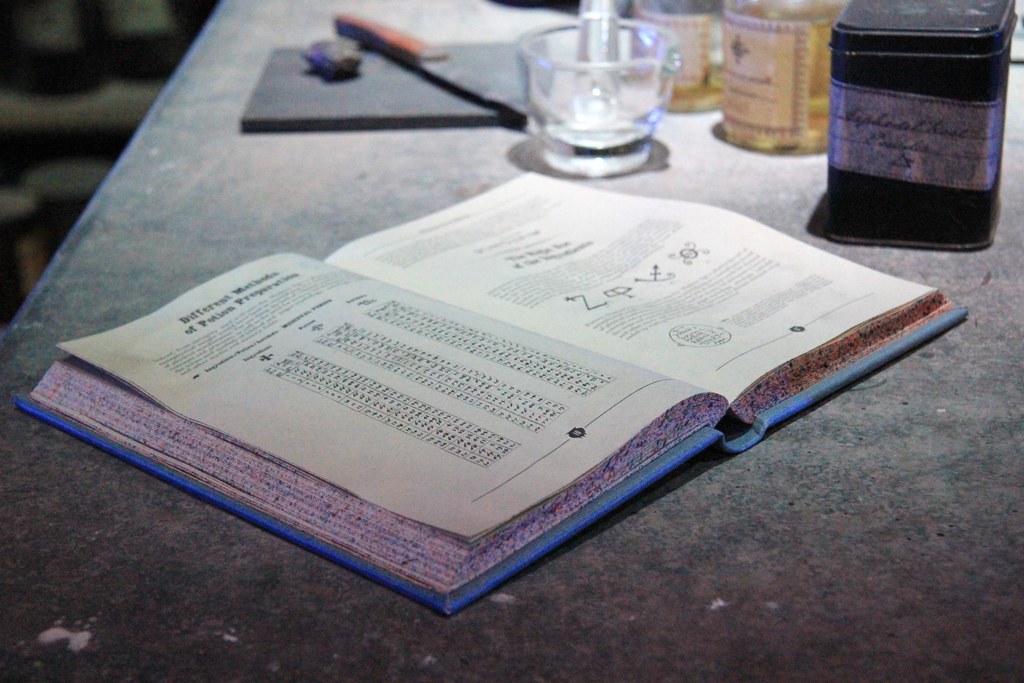
9. **Philosophical Underpinnings: Beyond Physical Technique**
The evolution from brutal combat to structured sport entailed far more than mere technical modifications; it necessitated a profound philosophical transformation. Traditional martial arts, across diverse cultures, typically integrated rich ethical and spiritual dimensions alongside their tangible physical techniques. For instance, the concept of ‘bugei juhappan’ in Japanese tradition encompassed not only exceptional proficiency with various weapons but also extended to strategic thinking, horsemanship, and even the specialized skill of swimming while clad in heavy armor, demonstrating a holistic approach to the warrior’s development.
Many modern sports thoughtfully retain philosophical elements that directly stem from their martial origins, providing a vital link to the past. Kendo, for example, meticulously upholds a strong emphasis on etiquette, profound respect for opponents and equipment, and unwavering mental discipline. Practitioners are expected to bow to their adversaries, treat their ‘shinai’ and armor with reverence, and meticulously adhere to prescribed behavioral patterns that would resonate deeply with ancient warriors. These ritualistic aspects provide a continuous thread connecting the present with historical practices, while simultaneously serving invaluable modern educational purposes, fostering character and self-control.
The inherent tension between combat effectiveness and the sporting practice remains a vibrant and ongoing discussion within contemporary martial arts communities. Some dedicated practitioners, committed to preserving historical authenticity, meticulously maintain ancient methods through rigorous ‘kata’ practice and carefully limited sparring sessions with traditional weapons, ensuring the integrity of the original forms. Others, however, enthusiastically embrace the sporting aspect, actively developing training methods specifically tailored for competition. This healthy diversity of approaches ensures the preservation of invaluable traditional knowledge while simultaneously allowing for dynamic and meaningful modern adaptation, demonstrating the enduring vitality of these ancient disciplines.
Read more about: Patrick McGovern, Archaeologist Who Unlocked the Secrets of Ancient Alcohol, Dies at 80
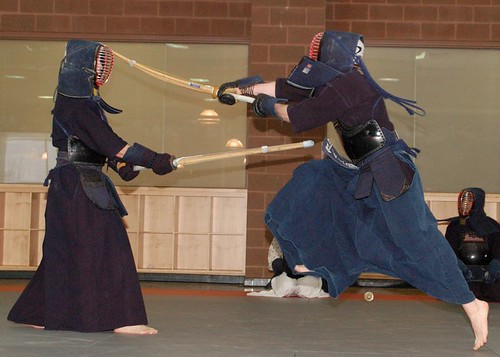
10. **Global Patterns of Martial Transformation**
The compelling Japanese experience with kendo is but one illustrative example of a widespread global phenomenon. Numerous combat systems, originating from a rich tapestry of cultures, have undergone strikingly similar transformations. European fencing, with its elegant and precise movements, evolved from the practical and often deadly sword fighting of the Renaissance era into a highly refined and widely celebrated Olympic sport. Similarly, Korean taekwondo, initially developed as a rigorous military combat training system, has since blossomed into a truly global sporting phenomenon, captivating millions with its dynamic kicks and disciplined forms. Meanwhile, the vast and diverse world of Chinese martial arts has skillfully diversified into performance-oriented ‘wushu’ and the more combat-focused ‘sanda’, each serving distinct purposes while steadfastly maintaining deep connections to their traditional and ancient practices.
The pace and specific manner of this profound transformation have varied significantly, largely dictated by prevailing social and historical conditions. Societies that experience prolonged periods of peace tend to accelerate the ‘sportification’ of their martial traditions, finding new outlets for physical prowess and competitive spirit. Conversely, those cultures continuously grappling with ongoing security concerns often prioritize and meticulously maintain more combat-effective training methods, recognizing their immediate practical value. The widespread decline of dueling and judicial combat across many parts of the world effectively removed the direct practical applications for many intricate martial skills, further catalyzing their evolution toward more sporting and purely recreational purposes.
Intriguingly, modern military organizations around the globe continue to maintain sophisticated combat training programs, yet these have increasingly diverged significantly from traditional martial arts. Contemporary military training places its primary focus squarely on firearms proficiency, highly coordinated group tactics, and the mastery of advanced technological systems, rather than on the individual skills of melee combat. This pronounced specialization in modern warfare has effectively completed the separation between practical, immediate combat training and the rich, traditional martial practices that once formed its bedrock, illustrating a fundamental shift in how societies prepare for conflict.
Read more about: Beyond the Screen: Netflix Docuseries Igniting Actual Criminal Investigations and Unveiling Profound Judicial Impacts
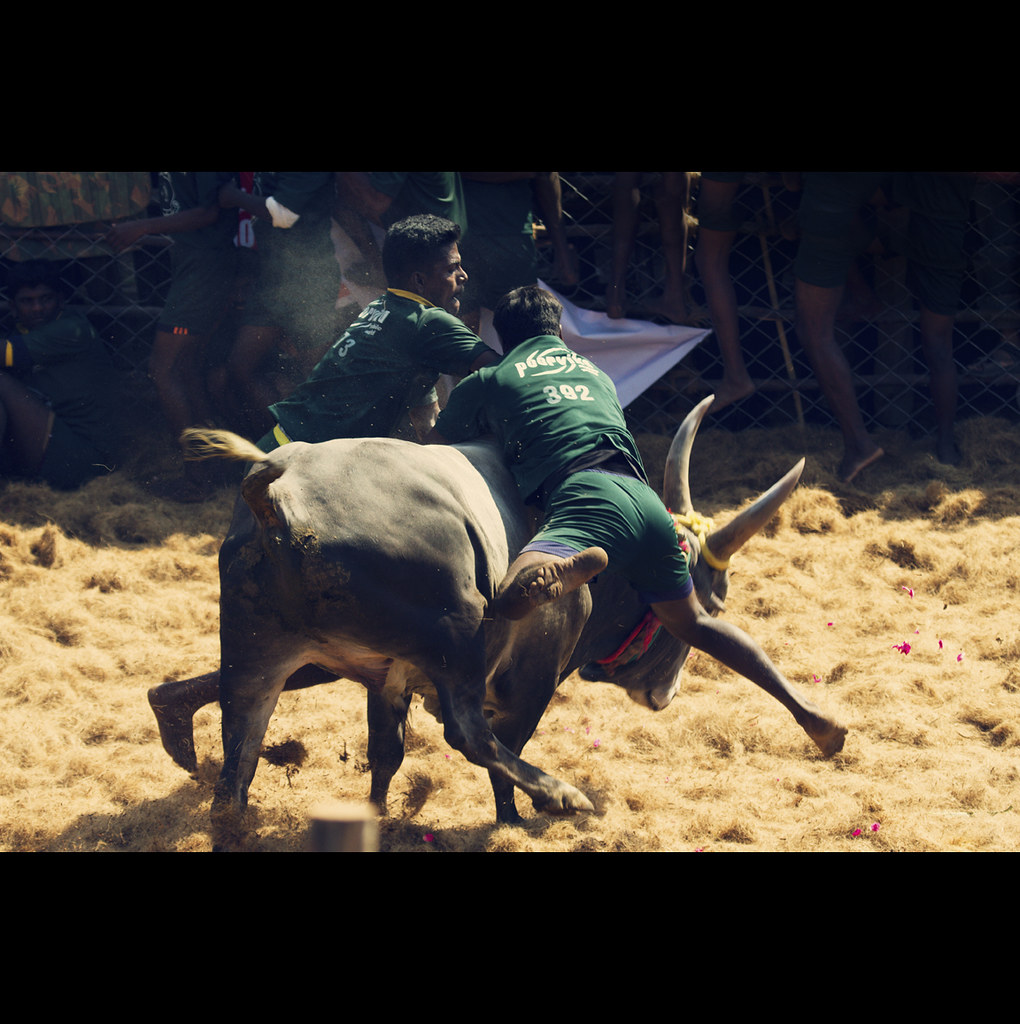
11. **Cultural Preservation Through Sporting Practice**
The remarkable transformation of ancient combat techniques into structured sports has served an exceptionally vital function in cultural preservation. Indeed, many traditional fighting methods, facing the relentless tide of modernization, would likely have disappeared entirely without such a deliberate and adaptive evolution into sporting contexts. By diligently establishing comprehensive rule systems, developing essential safety equipment, and creating engaging competitive structures, dedicated practitioners have ensured the survival of an invaluable cultural heritage that might otherwise have been irrevocably lost to the rapid pace of modern life, thus keeping these ancient traditions alive and thriving.
The profound educational benefits inherent in martial sports have also significantly contributed to their enduring preservation. Schools and universities across the globe frequently incorporate various martial arts into their physical education curricula, extending beyond mere physical training. These programs thoughtfully emphasize crucial aspects such as character development, the cultivation of self-discipline, and a deep appreciation for cultural heritage. This robust educational framework provides an essential institutional support system that plays a pivotal role in sustaining these rich traditions across numerous generations, ensuring their continued relevance and practice for years to come.
Furthermore, international sporting competitions have forged entirely new and dynamic contexts for traditional martial practices, elevating their profile on a global stage. The inclusion of judo as an Olympic sport, for instance, and the ongoing, concerted efforts to incorporate other martial arts into major international events, powerfully demonstrate how these practices can gain widespread global recognition through established sporting frameworks. This invaluable international dimension creates compelling incentives for the continued preservation and judicious standardization of these ancient forms, incentives that might not otherwise exist in isolation, thereby securing their future and celebrating their rich past.
Read more about: 15 Principles of Enduring Success: How Michael Jordan Maintains His Billion-Dollar Brand
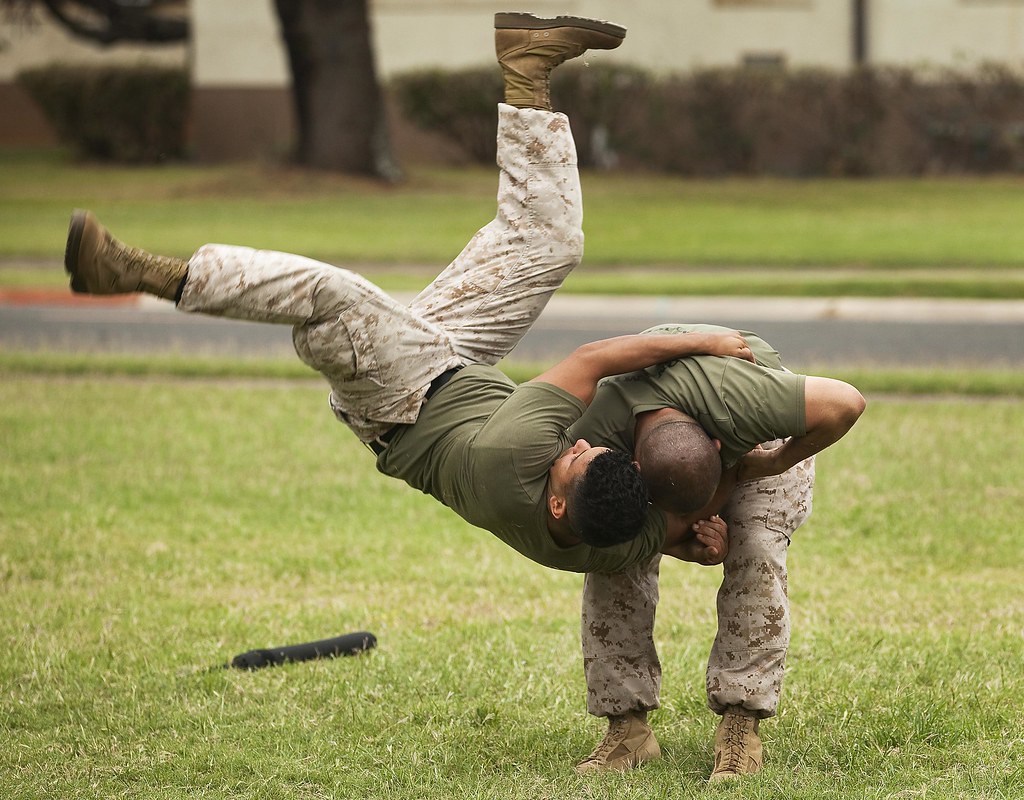
12. **The Modern Practitioner’s Experience**
Contemporary martial arts practitioners engage in a fascinating and often complex relationship with the deep currents of history. While most participants today are drawn to these activities primarily for reasons of fitness, recreation, or personal development—rather than for immediate combat preparation—the profound historical origins of their chosen discipline remain vibrantly present. This connection to the past is interwoven into the very fabric of the techniques they learn, the specialized terminology they use, and the enduring traditions they uphold, forming a significant part of the powerful appeal for countless practitioners who seek more than just physical exercise.
The implementation of stringent safety measures in modern martial sports represents a significant and conscious departure from historical practice, reflecting a contemporary emphasis on participant well-being. The widespread use of protective equipment, carefully formulated rule restrictions, and diligent medical supervision have collectively led to a dramatic reduction in injury rates, all while meticulously maintaining the essential spirit and invigorating essence of the activity. These thoughtful adaptations have been crucial in enabling broad and inclusive participation across a wide spectrum of age groups and skill levels, a level of accessibility that would have been utterly impossible under the often brutal and unforgiving training methods of historical times.
The competitive aspect inherent in modern martial sports generates distinct psychological pressures, fundamentally different from those experienced in historical combat. Where ancient warriors faced the stark, life-or-death consequences of their engagements, modern competitors strive for victory within carefully defined and rigorously enforced rule systems. This fundamental divergence in the stakes involved inevitably alters the psychological experience of participation, yet it remarkably maintains vital elements of stress management, the critical importance of performance under pressure, and the enduring drive to excel, linking the modern athlete to the ancient warrior through the universal pursuit of mastery.
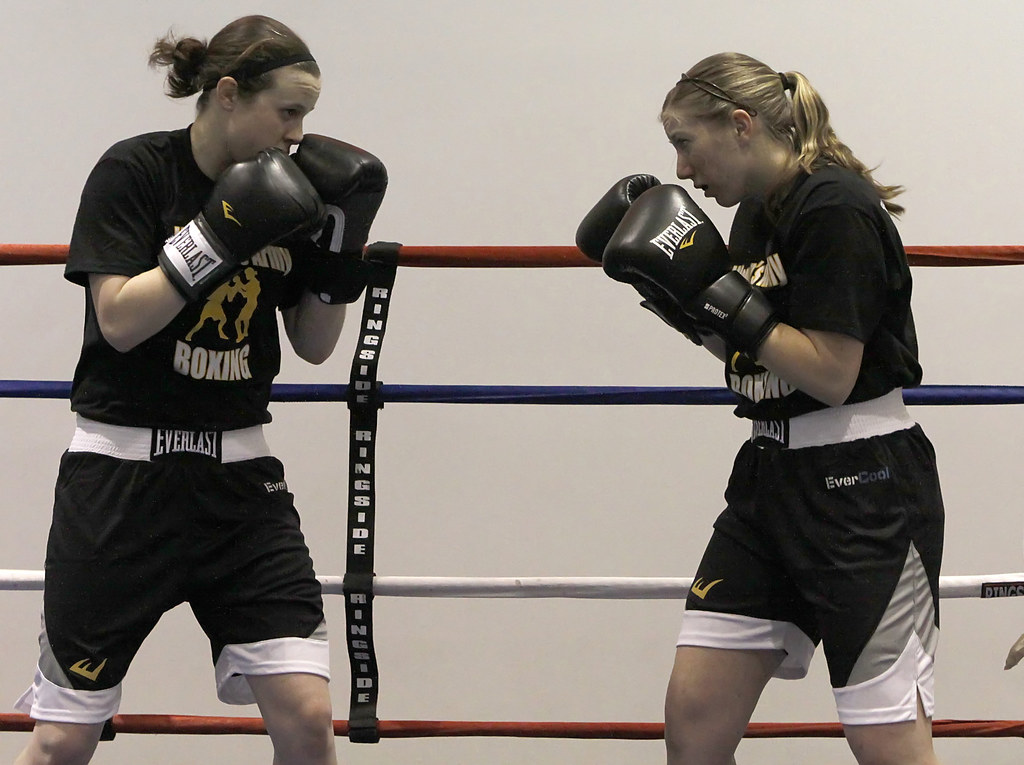
13. **Enduring Legacy in Movement and Mind**
The intricate physical techniques meticulously preserved within martial sports constitute a living, breathing archive of human movement history, offering a tangible link to our ancestors’ prowess. The specific stances adopted, the powerful strikes unleashed, and the cunning defensive maneuvers practiced today maintain a remarkable continuity with methods developed and refined over many centuries, sometimes millennia. This invaluable physical inheritance represents an intangible cultural heritage that neither static books nor silent museums can fully capture, truly embodying the spirit and skill of past generations in active, dynamic form.
Beyond the physical, the profound philosophical and ethical dimensions embedded within traditional martial practice continue to exert a powerful influence on modern approaches to sports and education worldwide. Core concepts such as respect for oneself and others, unwavering discipline, and the continuous pursuit of self-improvement transcend their original martial origins. They offer universally valuable life lessons that resonate deeply with individuals across all walks of life. These timeless elements are precisely why martial arts continue to be cherished and highly popular educational activities for both children and adults across the globe, shaping character far beyond the dojo or training hall.
The ongoing and dynamic evolution of martial sports serves as compelling testament to their enduring relevance and adaptability in a constantly changing world. As societies transform and embrace new technologies and values, these practices gracefully adapt, finding new expressions and purposes, all while meticulously maintaining their deep and reverent connections to their historical roots. This remarkable balance ensures that the ancient wisdom and physical legacy of combat sports continue to enrich human experience, offering pathways to physical mastery, mental fortitude, and a profound appreciation for our shared cultural heritage.
Read more about: Beyond Instinct: 14 Cutting-Edge Ways Pro Athletes Engineer Victory Through Data Analytics
From the grueling, often lethal arenas of ancient Greece to the disciplined dojos of modern Japan and beyond, the journey of combat sports reflects a remarkable human story of transformation. What began as essential skills for survival and warfare evolved into intricate cultural practices, embodying philosophical depth, physical excellence, and enduring social values. These ancient ways, though adapted for a new era of safety and sportsmanship, continue to inspire awe and respect, reminding us that the human spirit’s quest for mastery, courage, and recognition remains as powerful today as it was thousands of years ago. The echoes of ancient battles and athletic triumphs live on, not just in history books, but in every focused stance, every disciplined strike, and every quest for personal excellence on the mats and in the rings across the globe.

